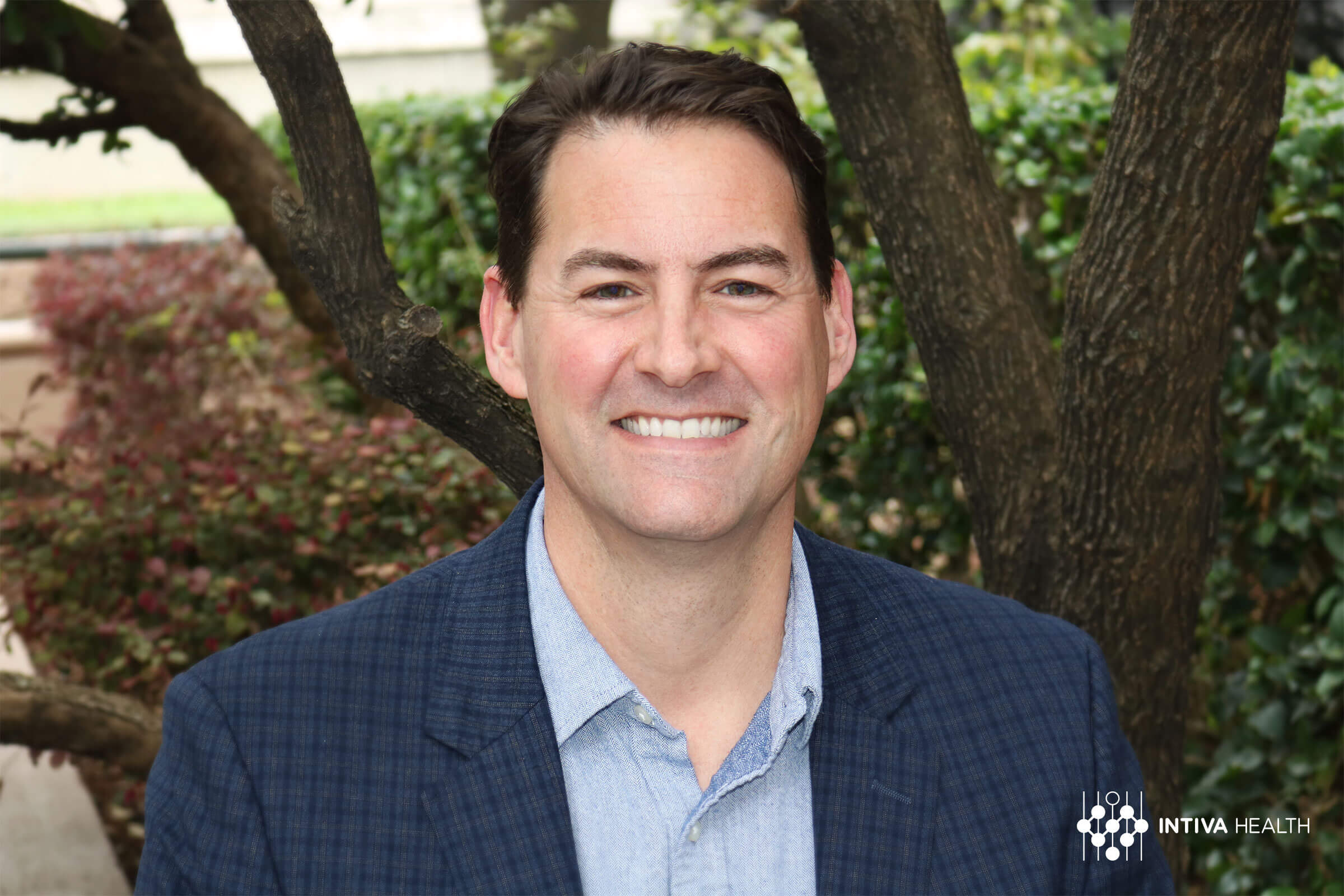May 3
2019
How Faster Physician Credentialing Can Improve Healthcare In America
By John T. Hartigan, CEO, Intiva Health.

One of the most antiquated processes in American healthcare is credentialing. It’s essentially been done the same way for decades and it’s extremely inefficient and costly.
In addition to continuing education requirements and 8.7 hours a week of non-clinical paperwork, physicians spend over three hours submitting around 20 different credentialing forms. Then facilities spend an additional 20 hours on each physician’s credential file. The process gets delayed any time something’s missing from the application or a reference doesn’t respond.
This has to be done every two years and takes anywhere from a few weeks to six months. Even worse, each facility has its own way of doing it, collecting the same exact information and not sharing this information with each other in any meaningful way.
If this process could be expedited, American healthcare would improve in three major ways.
The industry saves billions of dollars
With postponed physician start dates comes lost facility revenue. Lots of it, too.
Currently, a physician earns a facility an average of $2,378,727 a year. If credentialing takes a worst-case scenario of six months, that’s $1,189,363 in lost revenue. Even if credentialing only takes a few weeks, they still lose around $150,000.
That’s only one physician for one facility. Imagine the overall savings faster credentialing can bring the entire healthcare industry, which already wastes half of the $361 billion a year it spends on healthcare administration. We’re talking several billion dollars in savings that can be used to significantly lower healthcare costs for patients.
Doctors see patients sooner
Physicians didn’t get into medicine to become bureaucrats. The reason most doctors enter the field is to help people. Slow credentialing prevents that, adding administrative stress on someone who could be out saving lives. It’s a lose-lose for everyone. It also puts them in limbo for weeks or even months, making them unsure what they should or shouldn’t do. Do they buy that house? Should they wait on that car? Should they move to the city the job’s located in now or wait until the process is finalized? It can be very unsettling.
On top of that, physicians can lose a lot of income during the credentialing process. If they earn the average physician annual income of $299,000, waiting a few weeks to get credentialed would cost around $25,000 in lost income, and waiting six months would cost around $150,000 in lost income. Unless they’re able to work elsewhere during this time, they’re looking at losing as much money as the average American makes in a year—something many physicians can’t afford because of med school debt averaging $192,000.
Patient receive better care
The first two points above can both lead to better patient care.
Physicians starting work sooner puts more doctors on the floor, speeding up wait times and allowing more interaction with patients. Those extra minutes with patients could give physicians a better perspective before deciding on care, which could lead to a better diagnosis. As is, only 11 percent of patients and 14 percent of physicians feel enough time’s granted for the best care.
Facilities saving millions allows money to be reallocated toward hiring more nurses and doctors, buying better equipment, opening up more facilities, buying more beds, and so on. Everything comes back to the patient, which at one point or another is all of us.
A better way
Faster credentialing is possible through distributed ledger technology (DLT).
It’d work like this: A physician would digitally upload their credentials for facilities to review. Once verified by the first facility, this decentralized system would create a date and timestamp, using a consensus algorithm that ensures these documents aren’t tampered with.
This allows a physician’s credentials to only have to be verified one time by that first facility instead of every time by each subsequent facility. No more spending weeks or even months verifying something that’s already been verified. It can be done once in mere minutes.
We have to do something. Slow credentialing has created real-world consequences in physician income and well-being, facility revenue, and patient care. This is a billions-a-year issue caused by a systemic problem that can easily be fixed.
Very cool application for DLT. What incentivizes the first facility to share that credentialed information with external parties? Are you developing a marketplace for for to share credentials for a price?